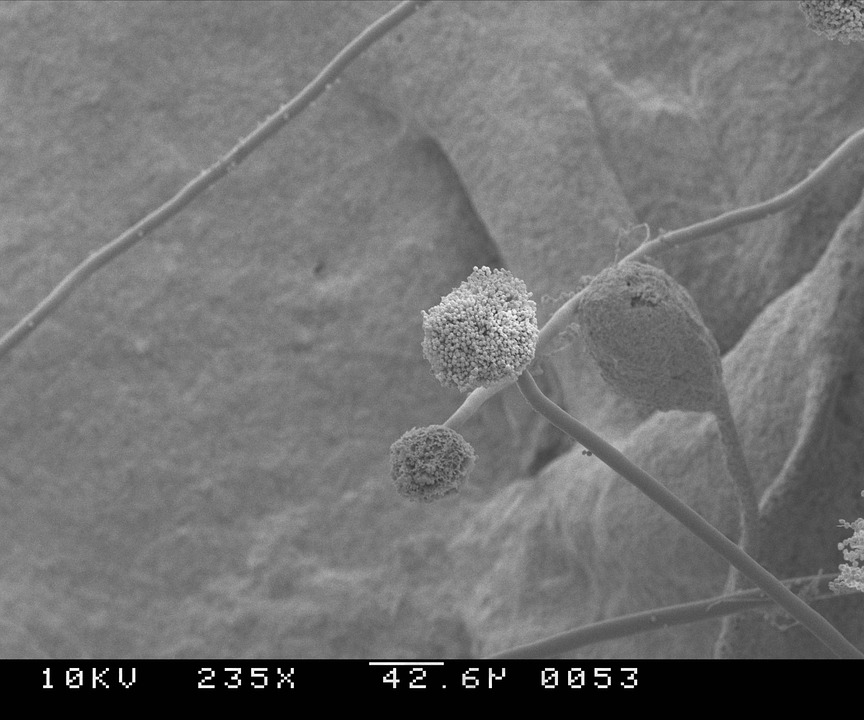Effect of plant oils in inhibiting the mycelial growth of pathogenic fungi
DOI:
https://doi.org/10.20873/jbb.uft.cemaf.v5n1.brumKeywords:
alternative control, essential oils, hydrolatsAbstract
The use of vegetable compounds as an alternative for control phytopathogens has received prominence in research to enable sustainable management methods in agriculture. Fungi such as Didymella bryoniae, Pyricularia grisea, Rhizoctonia solani, and Sclerotium rolfsii are important for causing great losses in production. In this context, the purpose was to evaluate the fungitoxicity of plant oils in inhibiting themycelial growth of pathogenic fungi. The tests were conducted in completely randomized design with 13 treatments (Cymbopogon nardus, C. citratus, Lippia alba, Eugenia dysenterica, Caryocar brasiliense, Azadirachta indica, A. indica – commercial – Ageratumconyzoides, Jatropha curcas, Eucalyptus sp., Mentha piperita, Tiofanato metílico e Testemunha) and four replications. To evaluate the fungitoxicity were distributed, 1.5 μ L mL-1 of the treatment were distributed on the surface of PDA culture medium. The Eucalyptus sp., M. piperita, L. alba, C. nardus, and C. citratus essential oils inhibited the growth of the fungus P. grisea. D. bryoniae did not growth only in the treatment of C. citratus. The R. solani and S. rolfsii fungi did not show mycelial growth when subjected to treatments of M. piperita, L. alba, C. nardus, and C. citrates essential oils.

Published
How to Cite
Issue
Section
License
Copyright (c) 2024 - Journal of Biotechnology and Biodiversity

This work is licensed under a Creative Commons Attribution 4.0 International License.
Authors who publish with this journal agree to the following terms:
Authors retain copyright and grant the journal right of first publication with the work simultaneously licensed under a Creative Commons Attribution License (CC BY 4.0 at http://creativecommons.org/licenses/by/4.0/) that allows others to share the work with an acknowledgement of the work's authorship and initial publication in this journal.
Authors are able to enter into separate, additional contractual arrangements for the non-exclusive distribution of the journal's published version of the work (e.g., post it to an institutional repository or publish it in a book), with an acknowledgement of its initial publication in this journal.
Authors are permitted and encouraged to post their work online (e.g. in institutional repositories or on their website) prior to and during the submission process, as it can lead to productive exchanges, as well as earlier and greater citation of published work (Available at The Effect of Open Access, at http://opcit.eprints.org/oacitation-biblio.html).


